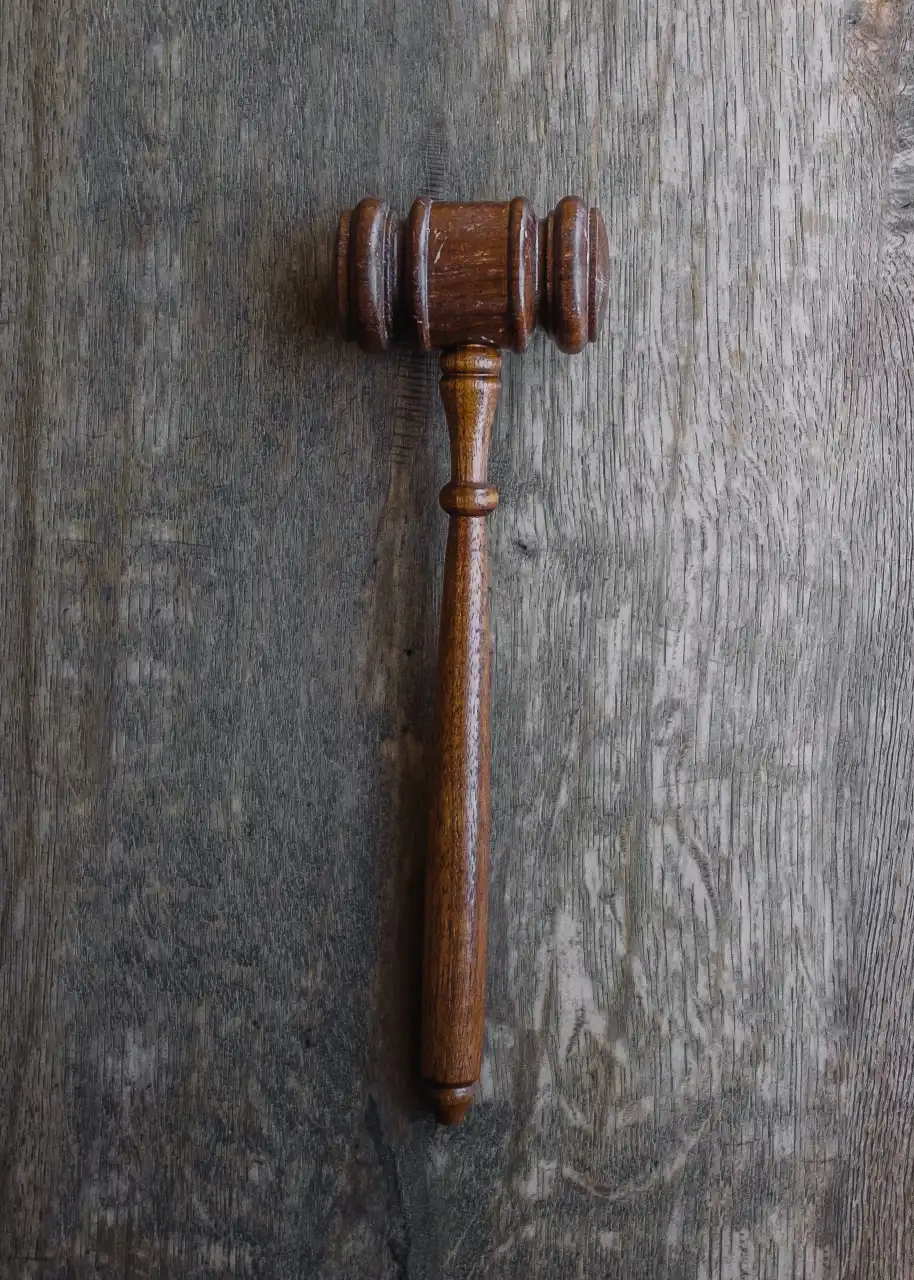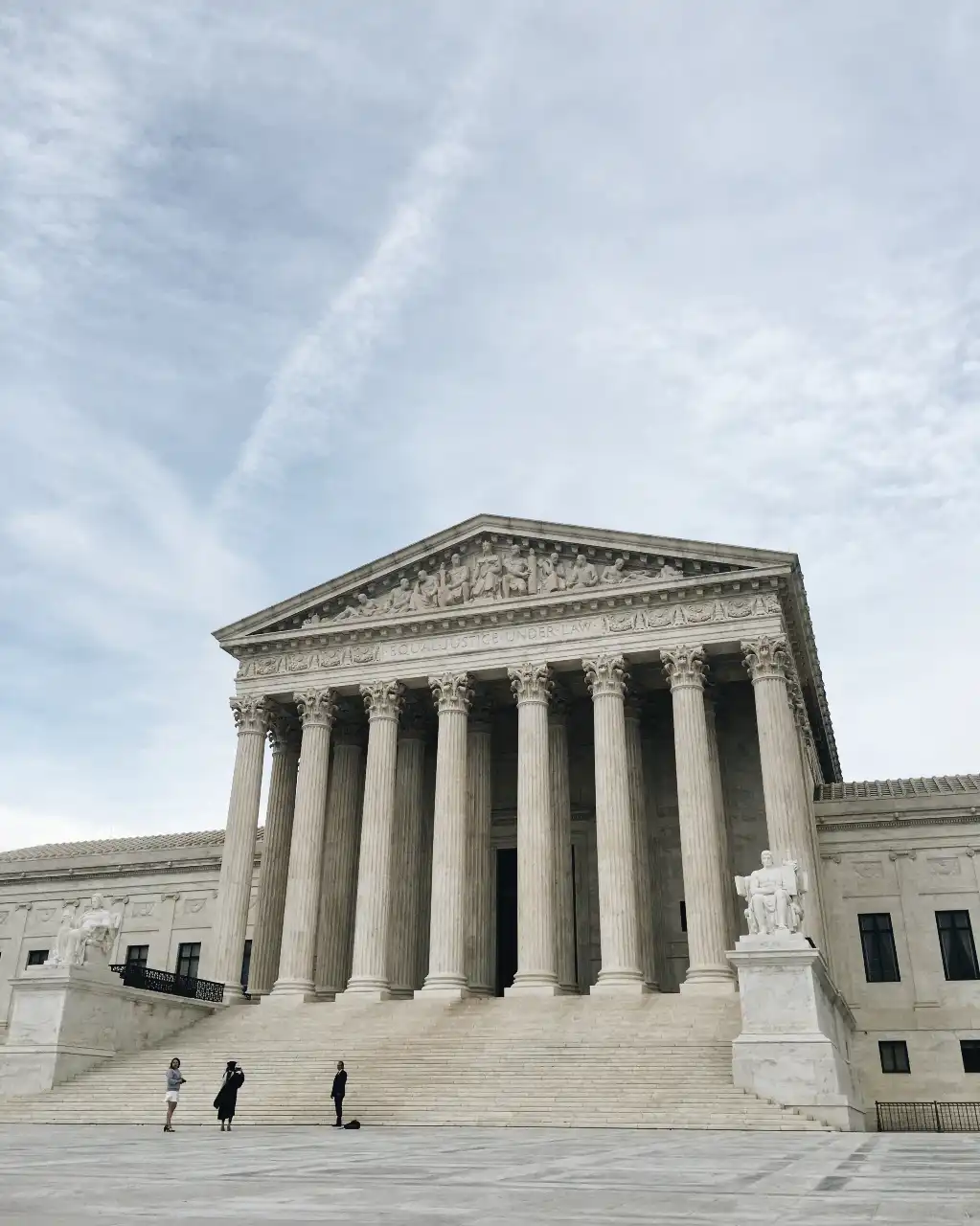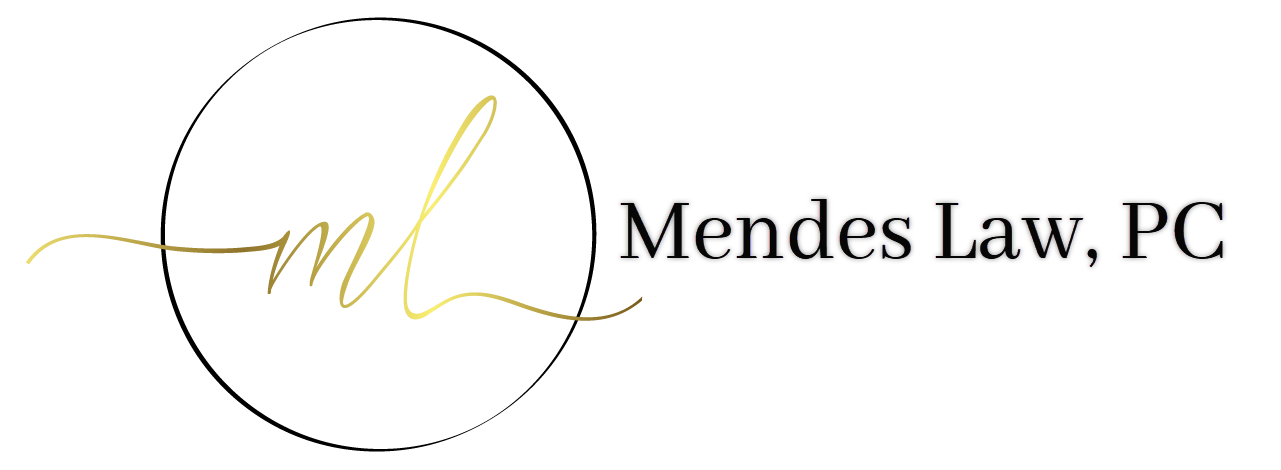The Discovery Process
Here are some high-level concepts regarding the Civil Complaint process. This short summary is by no means exhaustive. There are many, often obscure, actions that can happen to change, shorten, or lengthen the process as a whole. The sooner you engage a litigation law firm, the more prepared you will be for the challenge ahead. The process, or proceeding, can be arduous, but understanding how it works can help you through it.
After all parties have responded and the case has not been dismissed, the Court will establish there is a case at issue, and then the discovery process begins. Discovery is usually the longest part of the Civil Litigation process.
The Discovery process can include:
-
- Written interrogatory questions – These are written questions from one side asking for documented answers that will be filed with the court.
- Depositions – These are Real-time questions posed by one side to the other side, or to witnesses or subject matter experts.
- Document Demands – Before the trial begins and during the discovery process, the parties ask the court to rule or act, perhaps based on things found during the discovery process. The motion can be a request to amend or dismiss part of the case, question legal basis or languages used by the other party, or request clarification of certain issues.
- Eventually, the Court will schedule a Case Management Conference (CMC). A CMC Statement must be filed with the Court before. The parties, or their counsel, are required to attend. Sometimes attorneys appear by telephone with the Court’s permission.
- The Court may order the parties to participate in mediation during the CMC.
Also, at the CMC, the Court may also set certain dates such as:
-
- Trial Readiness Conference
- First Expert Exchange
- Second Expert Exchange
- Discovery Cutoff
Before the Filing
Here are some things that we will consider before filing a complaint are.
Do I have a case?
Consult with an attorney that specializes in the type of case that you want to bring.
They can tell you if your claim has any merit, and will lay out the process and your obligations if you want to pursue the case.
What court will hear my case?
The court you choose to file your case may be based on your location or on the type of case that you have.
For example, federal courts have jurisdiction over certain cases, like those having to do with the constitution. Most local business disputes will work in local courts. Again, your attorney will know.
Am I filing on time?
You’ve probably heard of the statute of limitations.
If you’ve waited too long to file the lawsuit, it may be too late.
Filing a Civil Complaint
Certain things must happen in order for a court to entertain and evaluate a claim. This is the Pleadings phase of the Civil Action.
-
- First, someone (the plaintiff) files a complaint in a California court.
- The plaintiff serves the complaint on the defendant(s). They have 60 days to do this [CRC 3.110]).
The defendant files a response to the complaint representing. The response will contain a general denial, or
-
- a demurrer (in California) which is a claim that the lawsuit is invalid or irrelevant,
- a 12(b)(6) motion to dismiss (in Federal Court), or
- a motion to strike, which could be based on a lot of things.
A response may also contain a cross-complaint against the plaintiff or other parties. If you are the Plaintiff, or the one filing the complaint, you may see a countersuit or complaint from the entity you filed a complaint against.


The Trial
This is the point that you reach when a case has not been settled out of court nor has it be dismissed. To non-lawyers, this may be the most familiar part of the process. Depending on your case, if you are the plaintiff, you may have a jury trial or a bench trial, where the judge renders the final decision.
Before the trial, both sides submit a Brief to the court, summarizing their position.
Opening statements have the attorneys summarizing their case to the court.
This is followed by the process where the plaintiff presents their case and witnesses to the court, followed by the defense (the respondent).
This is followed by closing arguments, and then the jury or the judge must deliberate and render a decision.
After the Trial
After a judgment, either side may file post-trial motions, asking for considerations of points that they feel have been misunderstood or misjudged by a jury.
Either side may appeal a final judgment. An appeal can extend the litigation process by a year or more.
Walnut Creek Office
1990 N. California Blvd.
Suite 1020
Walnut Creek, CA 94596




